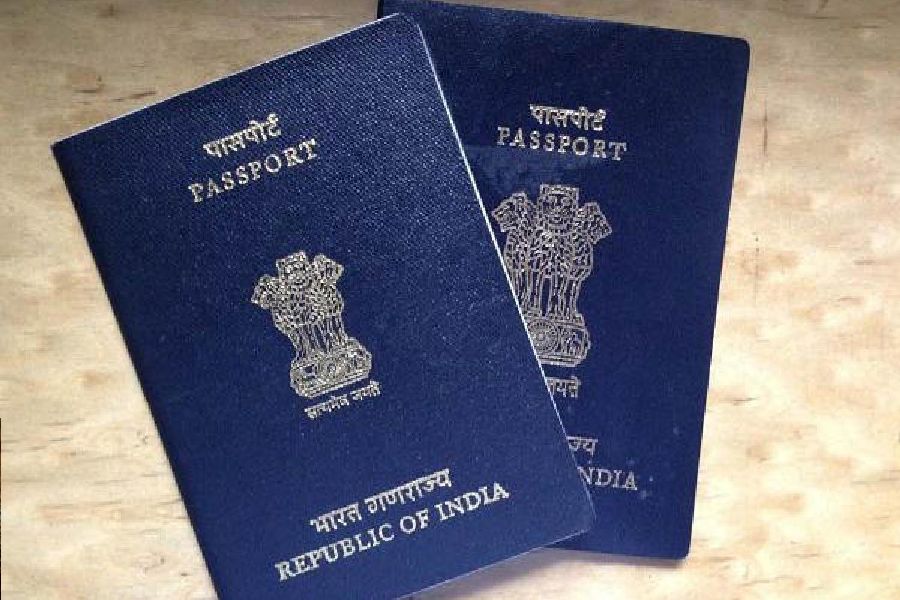Guwahati, Nov. 8: The Asian Rhino Specialist Group under the IUCN has called for finding new sites to absorb the increasing rhino population in India and Nepal.
The meeting, held at Jaldapara National Park in Bengal on November 4-5, discussed the conservation prospects of the Greater One-Horned Rhinoceros in Bengal and neighbouring rhino range areas of India and Nepal. The meeting was organised by the Bengal forest department and Asian Rhino Specialist Group.
Bibhab Kumar Talukdar, chair of the Asian Rhino Specialist Group, told The Telegraph about an urgent need for range expansion to absorb the increasing rhino population in India (Bengal, Uttar Pradesh, Assam ) and Nepal.
"This has to be taken on a priority and we have to start acting now," Talukdar said.
India currently has nearly 2,900 rhinos spread across Assam, Bengal and Uttar Pradesh. Nepal has about 645.
The meeting, attended by 47 persons from India and Nepal, felt there is a need to strengthen adaptive conservation approach to strengthen conservation and protection of the rhinoceros, along with key habitats, to ensure the future of the species in the wild.
"The rhino range states within India may consider feasibility study for potential new habitat of rhinos under the aegis of the respective states' chief wildlife wardens. Feasibility studies should look at all angles, including rhino range expansion, long-term survival potential, carrying capacity, vulnerability to poaching, habitat quality and fragmentation and others," Talukdar said.
The meeting recommended a national rhino conservation strategy, which needs to be prepared by next year, involving the ministry of environment, forests and climate change, Assam, Bengal and UP governments. The specialist group will coordinate the formulation of the strategy.
The meeting discussed the increasing poaching of rhinos in Assam and Bengal which is a matter of great concern. The group felt there was a need for strengthening infrastructure, intelligence gathering and sharing, better coordination among various law enforcement agencies, filling of vacancies of front line staffs, establishing new protection camps, and setting up of wildlife crime control cells at the field level to combat this menace.
Capture for treatment and translocation is hampered because of non-availability of drugs. The process of procuring tranquillising drugs for rhinos (etorphine and others) and other drugs and tools needs to be simplified in India, the meeting recommended.
It discussed the use of modern technology in rhino conservation, which has been recognised as an important tool and rhino range areas may take up the technologies on a priority basis.
Appropriate strategies need to be devised and existing practices needs to be intensified to overcome the threats of habitat degradation by way of invasive species, woodland taking over grasslands, lowering of water regime and any other climate change effects that are recognised as serious threats for sustainable rhino conservation.
It also discussed the rhino populations in Jaldapara and Gorumara National Parks. It said, "Based on genetic analysis of rhino populations in Jaldapara and Gorumara National Parks, it is suggested that there should be exchange of healthy and breeding adult rhinos between the two national parks, for increasing genetic diversity in both populations. Possibilities of exchanging rhinos from other rhino bearing areas may also be explored. Similarly strategies may be adopted for Dudhwa National Park."











